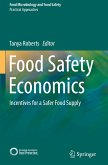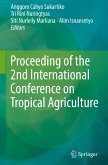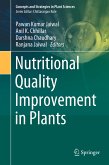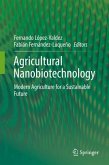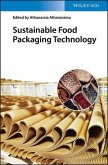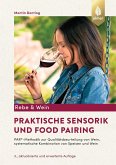This open access book provides a synthesis of the knowledge generated on relevant and adaptive technologies for the betterment of farmer’s livelihood. The book is based on contribution made primarily by researchers from Africa and especially from Malawi. However, other experts and especially in the fields of human nutrition and biofortified foods from other parts of the world have also contributed to this book. The population of Sub-Saharan Africa (SSA) was 179 M in 1950 and 1.09 B in 2020 and may reach 2.12 B by 2050 and 3.78 B by 2100. More than 60% of population of SSA is engaged in agriculture, dominated by smallholders (< 2 ha), and they constitute approximately 80% of all farms in SSA and employ about 175 million people directly. In many SSA countries, women comprise at least half of the labour force. Another increasing concern is declining land resources due to rapid soil degradation, harsh and uncertain climate as over 75% of arable land (Montpellier Panel Report, 2014) is degraded due to continuous cropping with minimal or no investment in soil improvement or even maintenance and often soil mining of nutrients. Smallholders, as the main rural actors in SSA, are frequently the most food insecure and malnourished because they face an array of challenges. Malnourishment, being the highest among developing regions, has reached currently to 218 million people in SSA (FAO et al.,2020). Under malnutrition, micronutrient deficiencies remain widespread and have significant functional implications and poor human health. Africa bears a greater share of all forms of malnutrition, because more than one third of all stunted children under 5 live in Africa. Furthermore, in Sub-Sahara Africa, 50 % of people suffer due to Zn deficiency and 57 % of pregnant women in Africa suffer from iron deficiency anaemia. Furthermore, nearly 30% of people globally are deficient in zinc and iodine (WHO et al.,2019). Therefore, enhancing production capacities with nutrient-rich food at smallholder farms and their economic and social resilience may improve food and nutrition security at different levels.
Bitte wählen Sie Ihr Anliegen aus.
Rechnungen
Retourenschein anfordern
Bestellstatus
Storno


